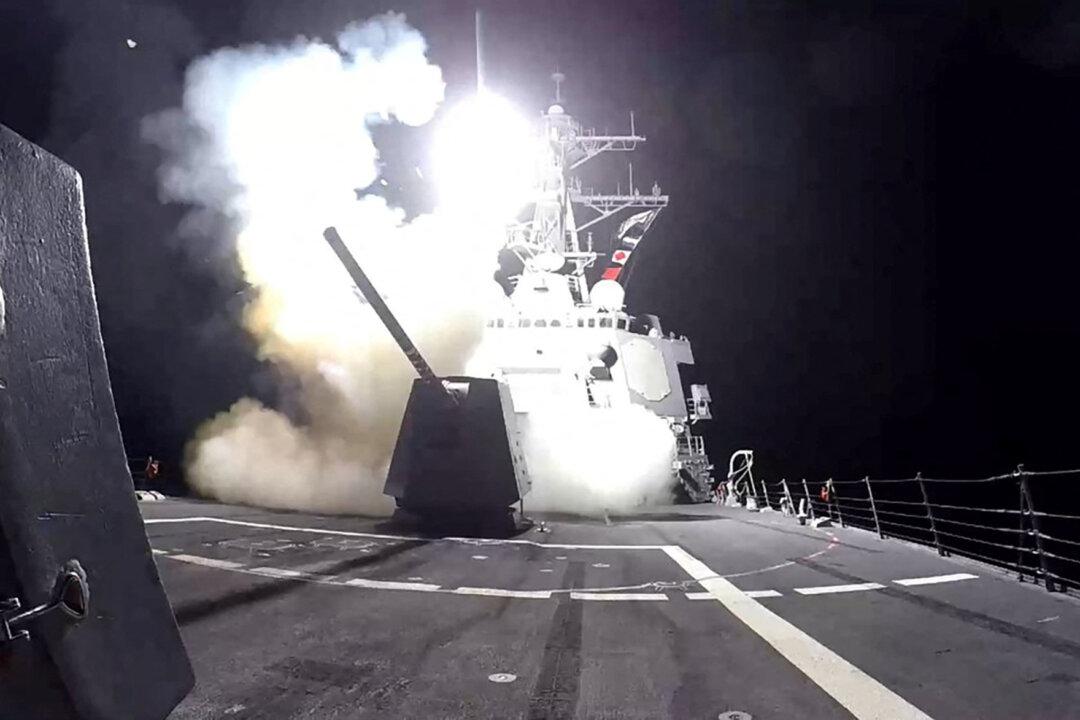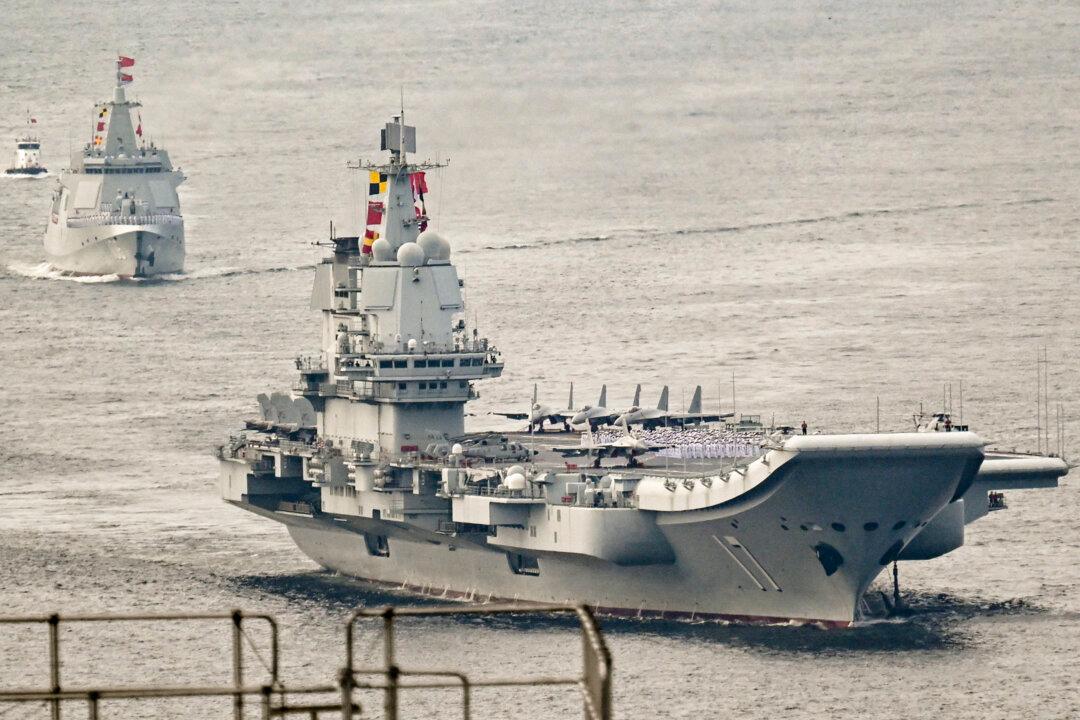The Pentagon is investing tens of millions of dollars into high-altitude balloons that it intends to use for surveillance. It’s anticipated that the balloons will fly twice as high as most commercial aircraft and may be used one day soon to locate and track China’s hypersonic weapons.
The high-altitude assets are likely to be quite high-tech. While the altitude ceiling for commercial aircraft is about 43,000 feet and that of the U.S. Reaper drone is roughly 50,000 feet, the Department of Defense’s (DOD) new inflatable surveillance balloons are expected to reach heights as great as 90,000 feet, according to a new report by Politico.




